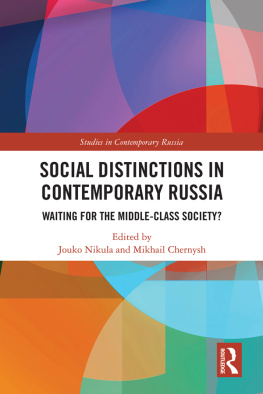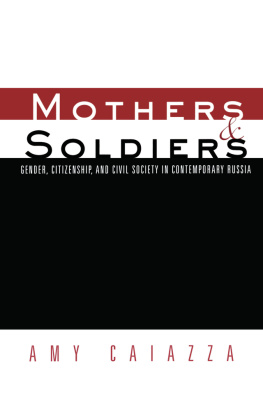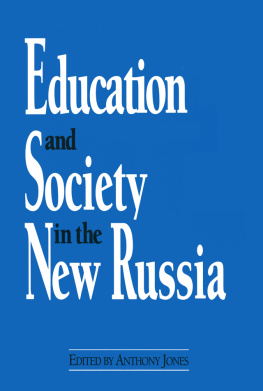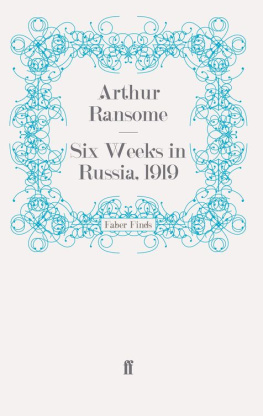First published 2002 by Ashgate Publishing
Reissued 2019 by Routledge
2 Park Square, Milton Park, Abingdon, Oxon, OX14 4RN
52 Vanderbilt Avenue, New York, NY 10017
Routledge is an imprint of the Taylor & Francis Group, an informa business
Copyright Jouko Nikula 2002
All rights reserved. No part of this book may be reprinted or reproduced or utilised in any form or by any electronic, mechanical, or other means, now known or hereafter invented, including photocopying and recording, or in any information storage or retrieval system, without permission in writing from the publishers.
Notice:
Product or corporate names may be trademarks or registered trademarks, and are used only for identification and explanation without intent to infringe.
Publishers Note
The publisher has gone to great lengths to ensure the quality of this reprint but points out that some imperfections in the original copies may be apparent.
Disclaimer
The publisher has made every effort to trace copyright holders and welcomes correspondence from those they have been unable to contact.
A Library of Congress record exists under LC control number:
ISBN 13: 978-1-138-72559-1 (hbk)
ISBN 13: 978-1-315-19182-9 (ebk)
Raimo Blom, Professor of Sociology at the University of Tampere. Speciality: class, social consciousness, social integration.
Michail Chernish, Senior Researcher at the Institute of Sociology, Russian Academy of Sciences. Speciality: social mobility, values and life style.
Harri Melin, Professor of Sociology at the University of Tampere. Speciality: class structure, managerial structures and labour process in Soviet Union and Russia.
Jouko Nikula, Researcher at the Finnish Centre for Russian and East European Studies, Helsinki. Speciality: position of working class in post-socialist society, rural transformation.
Jouko Nikula
It is no great exaggeration to say that the short history of modern Russia is condensed into two August dates: 19 August 1991, when the world watched the Soviet Union in its death throes, and 17 August 1998, when the countrys economy collapsed. In 1991 President Yeltsin emerged as a national hero when he suppressed the coup dtat: he gained huge popularity as a representative of the new, democratic Russia, committed to the best principles of modern western societies. Seven years on, Yeltsin was seen as the ultimate cause of all the countrys social, economic and political problems and an obstacle to necessary reform. Among the countries of social transformation, Russia has been one of the most contradictory and troubled nations. Economic reform has resulted in a sharp decline in production and GDP (dropping by 38% between 1991 and 1996) as well as in income levels to the extent that it is justified to say that Russia is essentially a non-monetary society (Clarke 1997).
The list of unintended achievements in the Russian reform is quite exhausting. Instead of having a parliamentary democracy with a normal division of executive and legislative powers, the country has seen the development of a system of non-coordinated institutions, each competing for power and money. The lack of social and system integration is highlighted by the complete lack of any integrating ideology. Instead, there is intense competition over the hegemonic programme for Russias future development - whether that is based on past grandeur, military might, religious values or market liberalism. This situation has nurtured practices of favouritism and corruption and all-embracing suspicion and hostility, which in turn have eroded the fragile legitimacy of the political and economic leaders in the country.
The Russian mode of transformation shows some similarities with other post-socialist countries, but also several striking particularities that have not been visible in any other country. The basic ideology of Russian reform policy was exactly the same IMF orthodoxy as in all other post-socialist countries: liberalization, stabilization, privatization, restructuration. As in other countries, the lifting of price controls immediately brought galloping inflation. However, unlike Estonia or the Czech Republic, the Russian government failed to introduce a solid anti-inflationary programme, but instead opted to print more money and to take various contradictory fiscal policy decisions. These have led to a sharp increase in prices, a shortage of cash for enterprises, causing debt problems and increased barter and other non-monetary types of transaction.
The Russian approach to privatization has been widely reported and analysed. Shock privatization gave power to insiders in the firm and created a new stratum of wealthy businesspeople who enjoyed state protection. Two things were particularly important in this process: first, the close relationship between the political elite and the new economic elite, and second, the development of clear economic-political power blocs on the basis of these relationships. These blocs continued to expand and gain influence until the economic crash in late 1998, but they still continue to exert a destabilizing influence on government policies. Another major factor behind the instability and lack of coordination is the marginal role that Parliament plays in the political decision-making process, in comparison with that of the Duma and the Federation Council.
The most peculiar deviance is the development in the spheres of production and the labour market. It was widely expected that unemployment would soar in Russia, given the key role that the state sector and arms production traditionally played in the national economy. The country had experimented with various managerial strategies, from soviets and one-man management and adjoining versions of soviet-Taylorism to work brigades and team-working. None of these were able to solve the basic problems of the Soviet economy, its dependence on central planning organs and the problems of shortage and waste. These problems created relations of interdependence between planning authorities and directors, managers and workers, fuelled by bribes and blat. It was expected that all of this would be wiped out with privatization, which would force businesses to face hard budget constraints. Russia was a top-ranking pupil of market economy at least in terms of the speed it was moving ahead with privatization, though in other spheres its success was less convincing. Now, almost ten years on, questions are being asked about the goals of the privatization programme: was it just a magnificent and well-planned seizure of public property, or an honest attempt to create peoples capitalism?
According to western observers the main objective for the directors of the former state companies was simply to safeguard their own power positions, not ownership as such. In principle the insider privatization scheme meant that employees were to become owners as well, in practice they got very little at all. In many spheres the immediate result of privatization was a rapid decline in production, as no investments were made to renew machinery or infrastructure.
However, the sharp decline in production and the financial difficulties that hit many companies did not result in any dramatic increase in unemployment: between 19921995/96, the unemployment rate remained at around 25 per cent. The unemployment figures did not begin to rise until after 1997, reaching 1720 per cent of the labour force. All these figures are official numbers; it is likely that the true figures are twice as high. The explanation for this Russian miracle of low unemployment lies in increasing oil revenues and in wage arrears, which have affected all sectors of the economy and both the state and private sector. Some observers put the blame for wage arrears on the countrys tight monetary policy, others on underdeveloped controls of fiscal policy, others still saw it as a way of avoiding the social tensions that would follow with higher unemployment. Whatever the true reason, wage arrears represented a heavier burden for those segments of the labour force that did not possess strong power resources either for competitiveness in their employment sector or for skills. The groups to suffer most were clerical workers in the state sector and unskilled labourers. Neither had very much choice: they either had to accept being paid late or face losing their job (Gimpelson 1999).






